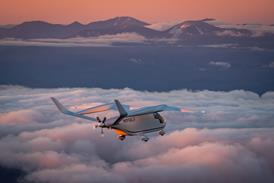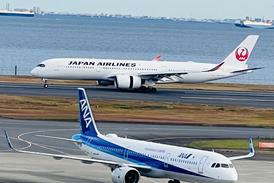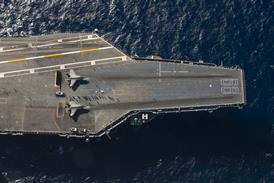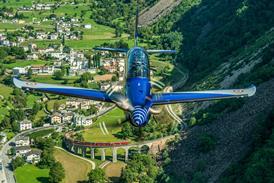Ramon Lopez/STRATFORD
THE FIRST RAH-66 Comanche helicopter was rolled out on 25 May, marking a significant milestone for the US Army's next-generation armed reconnaissance helicopter.
After facing cancellation only months ago, project officials now believe that support is building for the programme to sustain it through flight-testing and delivery of the final aircraft in the next century.
The current Comanche programme, a joint venture involving Boeing Helicopter and Sikorsky Aircraft, is a far cry from what was envisioned in the early 1980s, when the US Army launched the LHX programme to develop the replacement for Vietnam War-era military rotor-craft. The LHX project enisaged 5,000 helicopter, including light-utility and reconnaissance/light-attack machines.
Funding constraints over the years plagued the programme, and the light-utility version was dropped, leaving the US Army with a requirement for 1,292 helicopters. Late in 1994, the twin-engined helicopter was again threatened with termination, but the US Department of Defense (DoD) instead slashed the programme's budget virtually in half, from $4.2 billion to $2.2 billion over the next six years, delaying initial fielding of eight AH-66s to 2006, a three-year slip.
The Pentagon then approved a US Army plan for fabrication of two prototypes and six "early operational capability" (EOC) aircraft for airframe, mission-equipment package (MEP) evaluation and early field trials. The first RAH-66 is set to fly in November. The second prototype - outfitted with the reconnaissance MEP - is scheduled to begin test flying in September 1998. The EOC aircraft will be unarmed and will have the reconnaissance MEP only. The production decision would now come in 2004.
Project officials believe that the Comanche has survived because "the basic need for the aircraft remains valid. We've always believed that once the aircraft is built and flying, it will sell itself. We're anxious to show what the helicopter can do."
The roll-out is "...an important event for us. We're now on solid footing and the framework for production is in place", they add.
Source: Flight International























